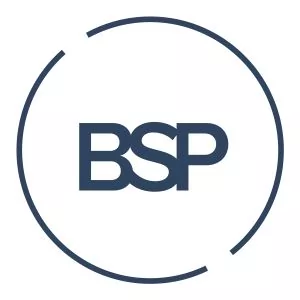On March 26th 2015, the European Securities and Markets Authority ("ESMA") published an updated questions and answers ("Updated Q&A") on the application of the Alternative Investment Fund Managers Directive ("AIFMD"). The update of the Q&A relates to reporting, notification, leverage, additional own funds and scope of the directive.
Regarding the reporting aspect, the Updated Q&A clarifies that Alternative Investment Fund Managers ("AIFMs") should take into account all the EU Alternative Investment Funds ("AIFs") they manage and AIFs they market in the European Union to calculate the reporting frequency. The AIFM should therefore calculate a unique reporting frequency taking into account all the AIFs it markets in the Union and apply the same reporting frequency to all Member States where it markets its AIFs.
The Updated Q&A also provides clarification on reporting the total long and short value of exposures before currency hedging and reporting the results of stress tests.
The Updated Q&A explains that an AIFM that is already managing AIFs in a host Member State under Article 33 of the AIFMD and that wishes to manage a new AIF in that host Member State should not undertake a new notification under Article 33(2). The original notification should be considered valid for all the AIFs it intends to manage in that given Member State but an update should be sent to identify each new AIF to be managed and to clarify if the proposed new AIFs are of a different type from the ones specified in the original notification.
On the issue of the calculation of leverage the Updated Q&A clarifies that when calculating the exposure of an AIF in accordance with the gross method under Article 7(a) of Regulation 231/2013, the value of all cash and cash equivalents held in the base currency of the AIF should be excluded.
On the issue of additional own funds, the Updated Q&A indicates that AIFMs should exclude investments by AIFs in other AIFs they manage for the calculation of additional own funds. However, they should include investments by AIFs in other AIFs they manage for the calculation of additional own funds to cover potential liability risks arising from professional negligence under Article 9(7) of the AIFMD since this type of investment is viewed as increasing their operational risk.
Finally the updated Q&A clarifies that a Member State may allow authorised EU AIFMs to market to professional investors, in their territory only, units or shares of EU feeder AIFs which have a non-EU master AIF managed by a non-EU AIFM provided that the EU AIFM managing the EU feeder AIF fulfils certain conditions as set out in Article 36(1) (a) to (c).
It indicates that whether the non-EU AIFM managing the non-EU master AIFs has to be authorised or not under the AIFMD depends on the national law of the Member State transposing Article 36 of the AIFMD since Member States may impose stricter rules on the AIFM in respect of the application of Article 36 of the AIFMD.
January 2015
On January 9th 2015, the ESMA issued an updated version of its Q&A on the application of AIFMD (the "Q&A").
New questions have been added to Section III of the document relating to "Reporting to national competent authorities under Articles 3, 24 and 42 (of AIFMD)" to clarify the data to be reported under the consolidated reporting template.
In relation to subscription and redemption orders the Q&A clarifies that AIFMs should report their value and not their number. Therefore information should be reported for the month of the cash-flows and not the month when the subscription and redemption orders happen unless they happen in the same month.
In relation to the reporting on the change in NAV per month (questions 243 to 254 of the consolidated reporting template) and on the percentage of gross and net investment returns per month (questions 219 to 242 of the consolidated reporting template) the Q&A clarifies that AIFMs should report the information for each month of the reporting period. If no official NAV is available for the calculation, AIFMs should use estimates of the NAV. In some cases (e.g. for AIFs investing in illiquid assets), the best estimate may be the previous NAV.
Finally the Q&A clarifies that where an AIFM manages both funds and funds of funds, aggregated information at the level of the AIFM and information on the AIFs that are funds of funds should be reported no later than 45 days after the end of the reporting period. Information on AIFs that are not fund of funds should be reported one month after the end of the reporting period.
The content of this article is intended to provide a general guide to the subject matter. Specialist advice should be sought about your specific circumstances.

